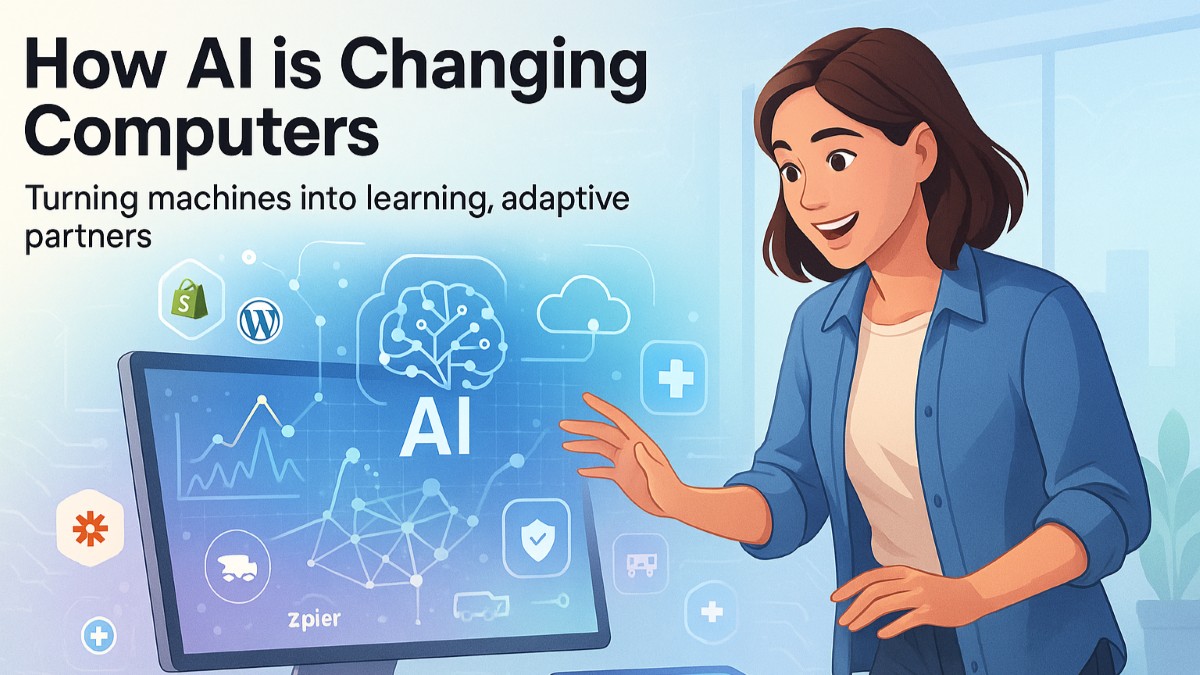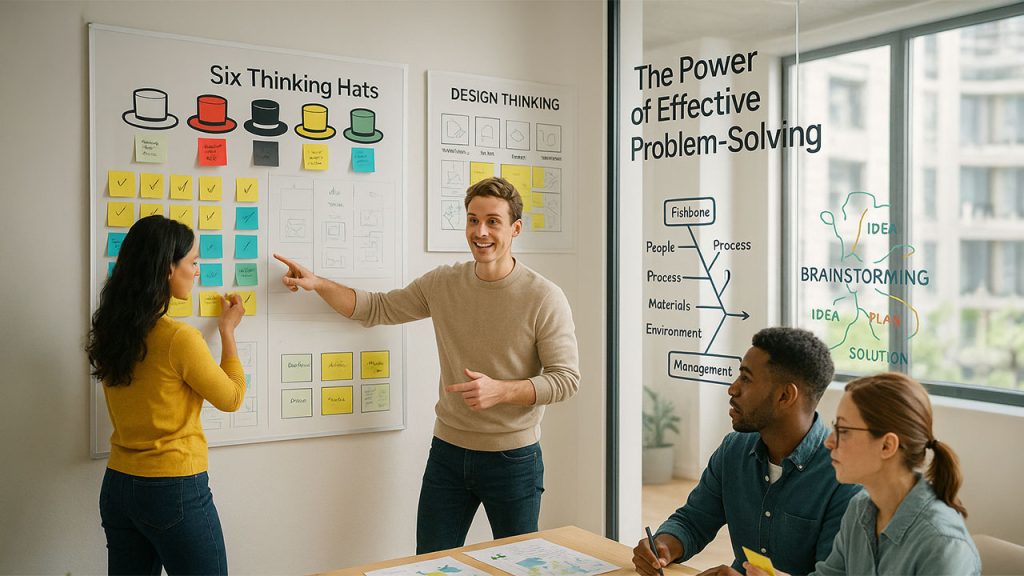Artificial intelligence is no longer something we imagine in the distant future. It is already here, and it is quietly redefining the way computers function across industries. Computers were once
Artificial intelligence is no longer something we imagine in the distant future. It is already here, and it is quietly redefining the way computers function across industries. Computers were once tools for performing calculations and storing data. Now, they are becoming systems that think, learn, and adapt. This shift is the result of artificial intelligence models working hand in hand with powerful computing hardware.
Beyond automation: computers that understand
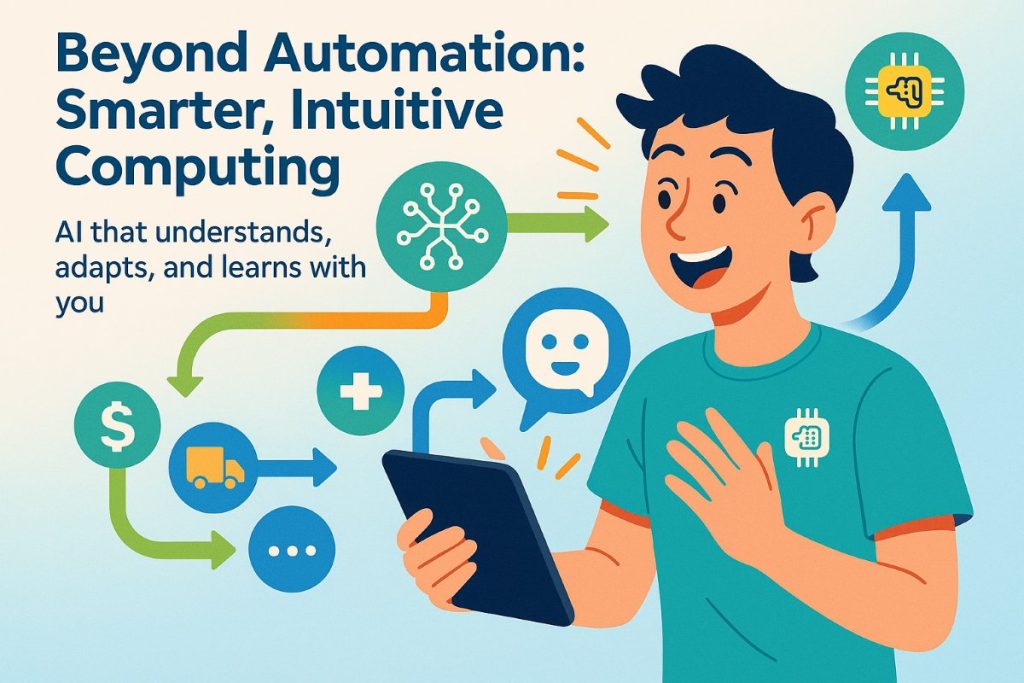
Traditionally, computers did what they were told. They followed instructions step by step, without any awareness of context. AI has changed that dynamic. By combining smart algorithms with modern processors, computers are no longer limited to executing static commands. They can now interpret human input, recognize patterns, and generate responses that feel intuitive.
Think of the difference between a standard search engine and a voice assistant. A search engine returns pages that match your keywords. A voice assistant understands what you meant, responds with spoken language, and remembers your preferences. This evolution is powered by AI models running on advanced computing systems.
AI also allows computers to handle uncertainty. Instead of requiring perfect input, they can make informed guesses, update their predictions in real time, and learn from feedback. This makes them far more useful in complex or unpredictable environments, such as healthcare, finance, and logistics.
Training AI to perform in the real world
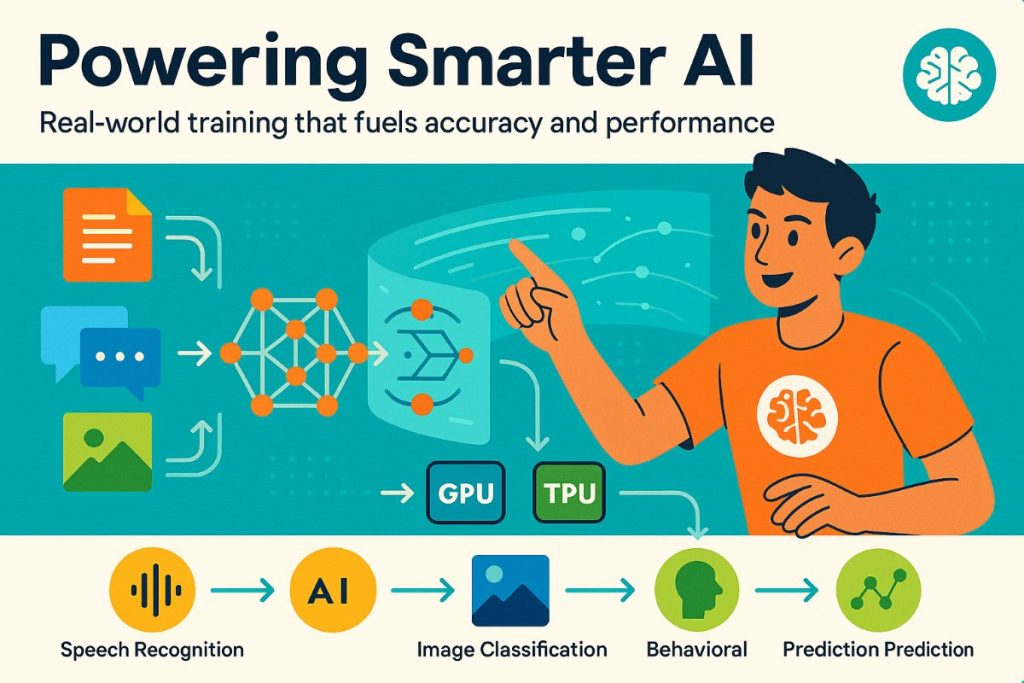
To perform well, AI models must be trained on real-world data. This process involves feeding massive amounts of information into the model and letting it adjust itself to improve accuracy. It is a resource-heavy task, and without the right computing infrastructure, it can take weeks or months to complete.
Modern training environments rely on specialized processors, such as GPUs or TPUs, that are built to handle the kinds of parallel operations AI models require. The quality of training depends not only on the algorithm but also on the computing power behind it.
For anyone interested in how this works, What is Ai model training provides a clear explanation of the full process. It covers how models are structured, trained, evaluated, and refined to perform tasks like speech recognition, image classification, or behavioral prediction.
Where AI and computing meet in practice
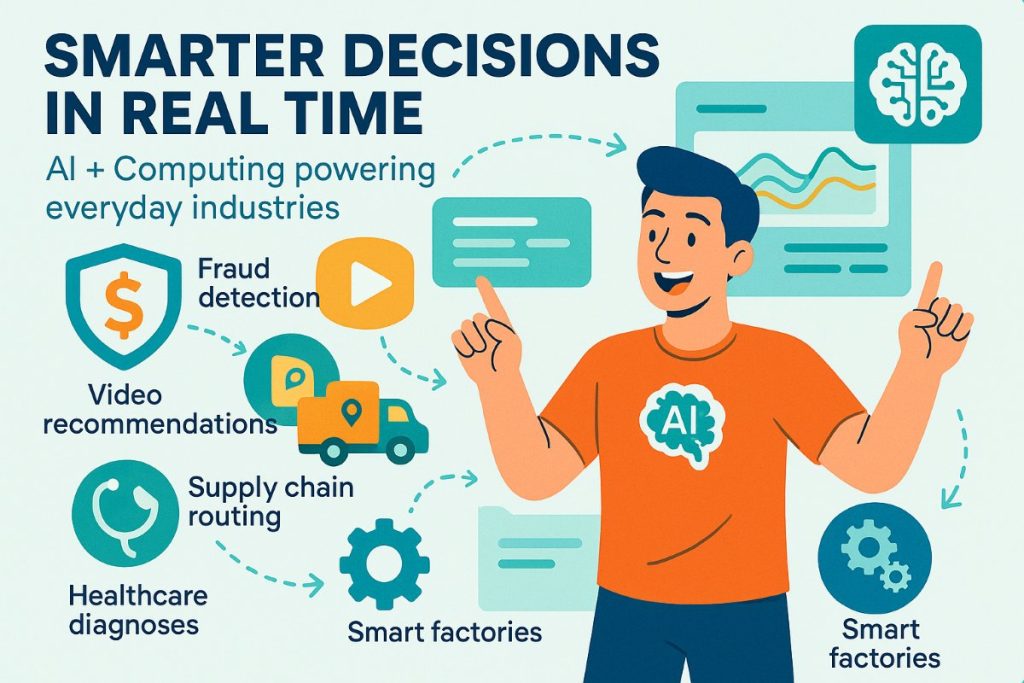
Today, many industries rely on AI-enabled systems to perform tasks that were once done manually. From customer service bots to predictive analytics tools, the fusion of AI and computing is visible in nearly every digital product.
Let’s look at a few examples where AI and computer hardware work together to deliver smarter, faster outcomes:
- Fraud detection software analyzes thousands of transactions per second
- Video platforms recommend content based on viewing behavior
- Supply chains adjust routes based on weather and traffic data
- Healthcare systems flag potential diagnoses after analyzing symptoms
- Smart factories monitor performance and prevent breakdowns
- AI models enable personalized learning with AI
- AI models enable AI-powered spreadsheet enhancement
In all these cases, AI is responsible for understanding the data and making decisions. The computer systems behind them are what make those decisions possible in real time.
Making AI accessible to more businesses
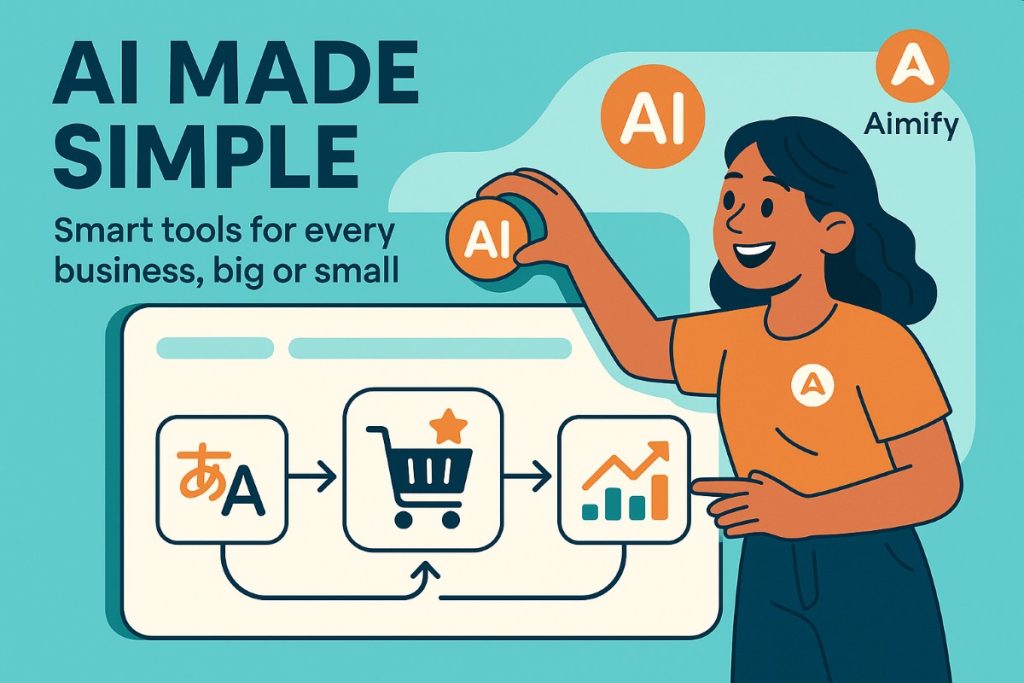
One of the most exciting developments in this space is that AI is no longer limited to large tech companies. With cloud platforms and scalable infrastructure, even small businesses can begin using AI tools without massive upfront investment.
This is where companies like Aiminify come in. They provide ready-to-use environments where businesses can train and deploy AI models. Whether it’s for product recommendations, language translation, or demand forecasting, platforms like these make it easier to start small and scale gradually.
By offering both technical tools and expert guidance, they help businesses stay competitive in a fast-changing landscape.
A new role for computers in the AI era
The rise of artificial intelligence is not replacing computers. It is redefining what they are capable of. Instead of being rigid, rule-based machines, computers are now dynamic systems that support learning, adaptation, and intelligent interaction.
This shift is affecting not just how software is built but how entire organizations think about technology. Teams are moving away from manual decision-making and embracing systems that can react instantly to new information. The result is faster innovation, more efficient workflows, and better user experiences.
As AI models become more advanced and computing systems continue to improve, we can expect even closer integration between the two. The most successful digital strategies will be those that recognize this partnership and invest in both sides of the equation.
Respond to this article with emojis



